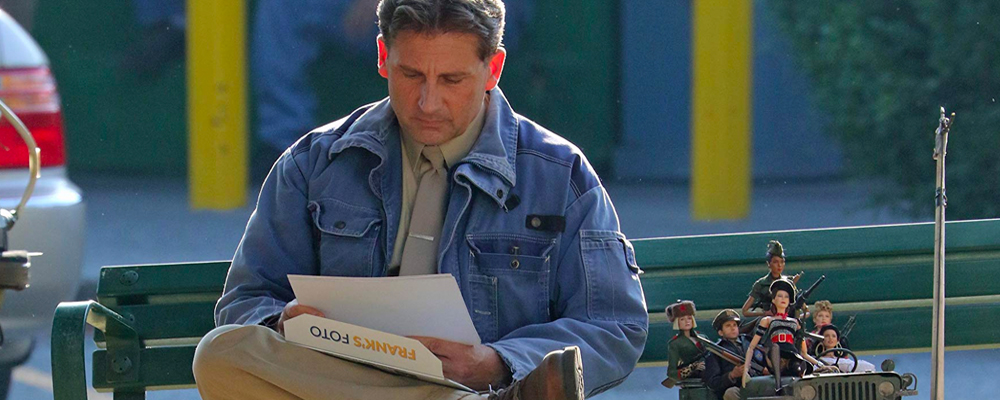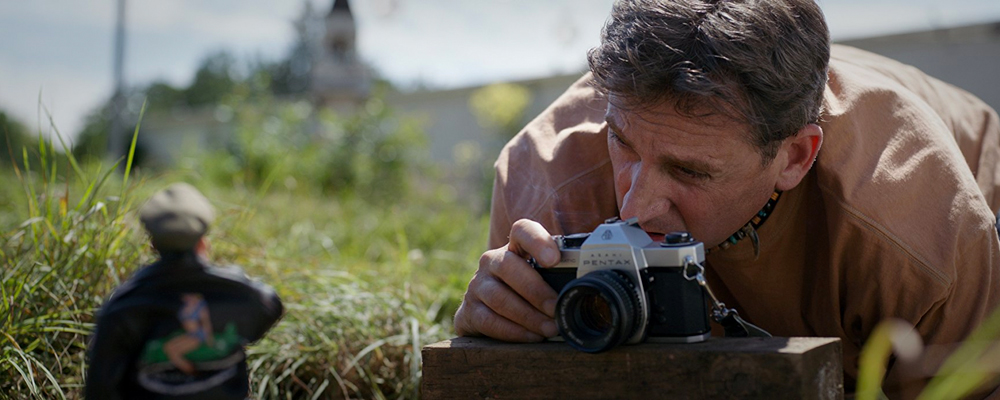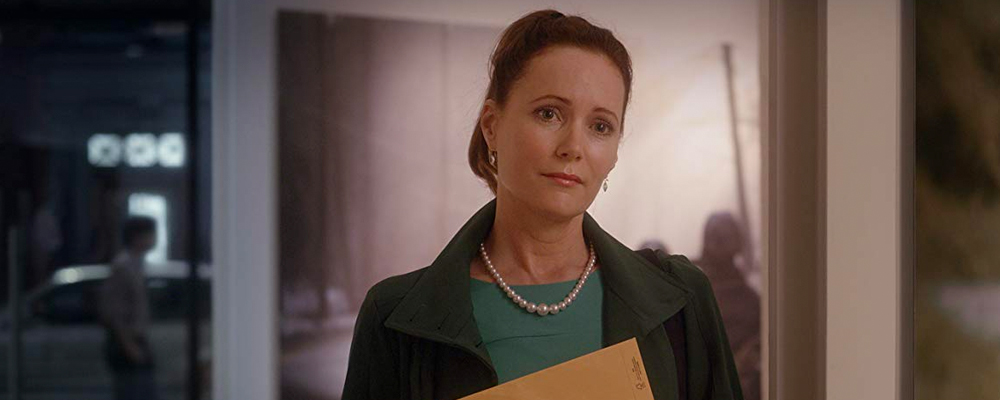‘Welcome to Marwen’ Reimagines One Man’s Battle With PTSD as a CGI Action Romp
Alci Rengifo
“Welcome to Marwen” doesn’t know if it wants to be a harrowing portrayal of a man’s recovery from trauma or an animated action romp. The story of Mark Hogancamp is endearing and deserves to be told, and has been recounted in the fascinating documentary “Marwencol.” Nearly beaten to death outside of a bar, unable to afford therapy to deal with the psychological aftershocks, Hogancamp built his own fantasy World War II world with miniatures to process his experience. His photographs of scenes involving the miniatures have toured art galleries due to their stunning artistry. But director Robert Zemeckis is more enthralled with Hogancamp’s creations than with the artist himself, preferring to bask in imagining the figurines coming to life and blowing stuff up, while leaving the human side of this story behind.
Steve Carell plays Hogancamp, who we first meet as his alter ego, Hogie, a meticulously designed G.I. figurine leading a band of armed ladies against Nazi thugs in the imagined world of Marwen, also vividly constructed and designed by Hogancamp. Included in this miniature world as partisans are Caralala (Eiza González), based on a co-worker at a restaurant bar, GI Julie (Janelle Monáe), based on the artist’s physical therapist, Anna (Gwendoline Christie), who brings him his medication, and Roberta (Merritt Wever), who works at the shop where Hogancamp gets his supplies. Roberta obviously likes him, but Hogancamp is too lost in his own fantasy to notice. Hogie’s missions, comrades, battles and romances are all mirror reflections of Hogancamp’s own real world struggles. Hogancamp used to be a big drinker and was attacked one night by a group of tough guys who mistook him for a crossdresser. The beating left him with severe memory loss. Marwen is his therapy, even as Hogancamp now recedes behind his home, and only ventures to work or into town with his figurines. As he continues spinning the adventures of Hogie in his head, Hogancamp’s attention focuses on a new, front door neighbor, Nicol (Leslie Mann). She seems sweet and caring, and awakens new feelings in the battered artist that might lead him astray.
For years Robert Zemeckis has been a special effects guru, combining cutting edge technology with stories that tend to deal with people in crisis. “Back to the Future” remains his greatest entertainment, while “Forrest Gump” is his most notable drama, both combining storytelling with impressive visual illusion. In the 2000s Zemeckis seemed obsessed with motion capture animation, releasing a string of interesting films like “The Polar Express,” “Beowulf” and “A Christmas Carol.” In this latest film Zemeckis surprisingly misses the mark in balancing the animation and drama into a film that could feel complete. The tone is off because Zemeckis from the start focuses the bulk of the movie on Hogancamp’s action fantasies. Because Zemeckis is so skilled at visual effects the animated portions do look great, like some twisted version of “Small Soldiers” mixed with “Casablanca.” But they function more as action fodder, without any pathos or deeper dramatic connection to the story of Hogancamp. There’s a lot of firepower as Hogie and his lady partisans mow down Nazis, throw Molotov cocktails at Nazis and kick Nazi crotches. Frankly, you wonder why Zemeckis and his team didn’t just purchase the rights to the Marwen world, since he invests so much more into it than into the live action moments involving the artist.
When we do spend time with Hogancamp the result are a series of interesting, sad flashes of a deeper story. But as played by Steve Carell, Hogancamp is turned into another, simplistic movie version of the challenged, quiet hero who has an obvious psychological issue. It becomes more unconvincing because instead of seriously dealing with his trauma and shattered memories, Zemeckis turns Hogancamp into an almost cartoon persona. Whenever Hogancamp hears loud noises or sees a threat, he cowers and off we go into another Hogie episode with massive shootouts and Nazi brawls. As a result of crisscrossing between what amounts to two movies crammed into one, the other characters are left undeveloped. Nicol is the sweet neighbor we learn nothing about, who Hogancamp is immediately smitten with. All it takes is that she fits his ideal of a “dame,” and doesn’t find his obsession with high heels off-putting. Nico’s ex (Neil Jackson) is a stalker and jerk who is set up at the beginning, has one scene where he provokes a PTSD-style flashback for Hogancamp and that’s it. He then disappears into the film ether, never to return in the narrative. We get more of the ex’s Nazi alter ego, who one assumes represents Hogancamp’s fears and lingering memories of the swastika tattoo on one of his attackers. There is a kind of witch doll, Wendy (Stefanie von Pfetten), who apparently represents Hogancamp’s lost love and his dependence on medication. But we learn nothing at all about who inspired the Wendy character except for a few lines in the style of, “she was the love of his life.” There are hints that she moved away. Why? Because of the attack? Because he lost his memories? It’s the kind of biographical movie where you’re left doing research to fill in narrative gaps.
It is also odd that in a film about an artist, we never get a true insight into the making of his art. There are endless moments of Hogancamp taking photos of scenes involving the miniatures, but we never see him in the process of building or crafting this world. In the acclaimed documentary “Marwencol,” Hogancamp comes across as a darker, more haunted person than Steve Carell, but with the ambiance of a rugged Basquiat, of a craftsman driven by deep obsessions. In “Welcome to Marwen” there are too many moments where his movie version comes across as just odd. He asks Nicol to marry him when all she wanted was to have some tea with the guy, offering her a Purple Heart medal. When she tells him she only sees him as a friend we can’t help but sympathize with her. It is when Hogancamp must read a statement in court for the sentencing of his attackers that we sense the real pain and scarring this person has endured.
“Welcome to Marwen” is a great-looking mess. It demands you practice a yin-yang where we are expected to laugh and cheer at the Nazi-killing CGI dolls, then feel immense sorrow or pathos for a traumatized Hogancamp. But we never get a glimpse into what makes this quite brilliant mind tick, because Zemeckis would rather play around with the art then spend time with the artist.
“Welcome to Marwen” opens Dec. 21 in theaters nationwide.





